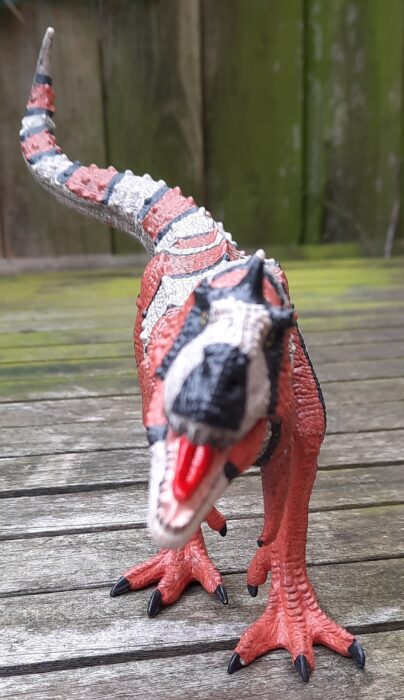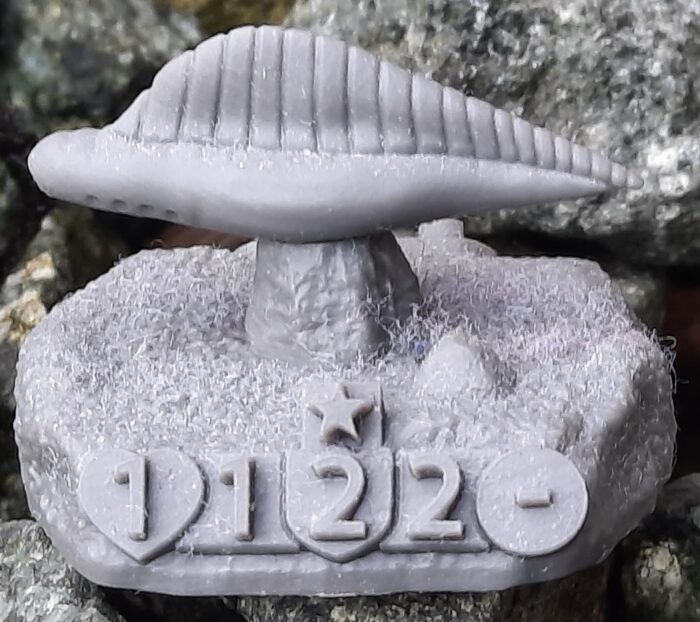Madagascar has always been an island of oddities. From giant lemurs to horned crocodiles, there are a lot of interesting species to see. The Mesozoic likewise has some interesting animals, such as the late Cretaceous Madagascan monster Majungasaurus, an Abelisaurid known for being cannibalistic.
Author: Indohyus
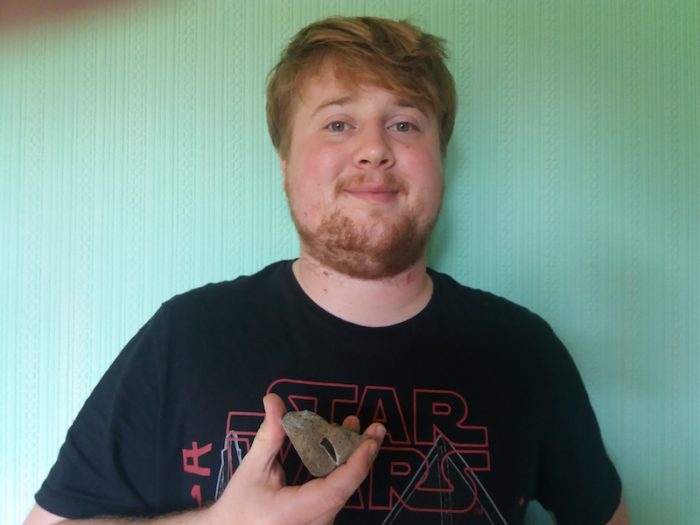 Growing up in the late 1990s and early 2000s was great for moulding me into a dino fan. Jurassic park films were fresh, and even better, the ‘Walking With’ trilogy was produced. I watched ‘Dinosaurs’ and then ‘Beasts’. Especially ‘Beasts’. From there, I went on digs across the U.K., and eventually got my degree in palaeontology from Portsmouth university. I am (at the time of writing this) doing my masters in anthropology and museum studies, hoping to become a curator. My love of plastic extinct animals is as strong as ever, and I dare say it will only get stronger!
Growing up in the late 1990s and early 2000s was great for moulding me into a dino fan. Jurassic park films were fresh, and even better, the ‘Walking With’ trilogy was produced. I watched ‘Dinosaurs’ and then ‘Beasts’. Especially ‘Beasts’. From there, I went on digs across the U.K., and eventually got my degree in palaeontology from Portsmouth university. I am (at the time of writing this) doing my masters in anthropology and museum studies, hoping to become a curator. My love of plastic extinct animals is as strong as ever, and I dare say it will only get stronger!All reviews by this author
Review: Paradise Parrot (Forgotten Friends Series A by Yowie)
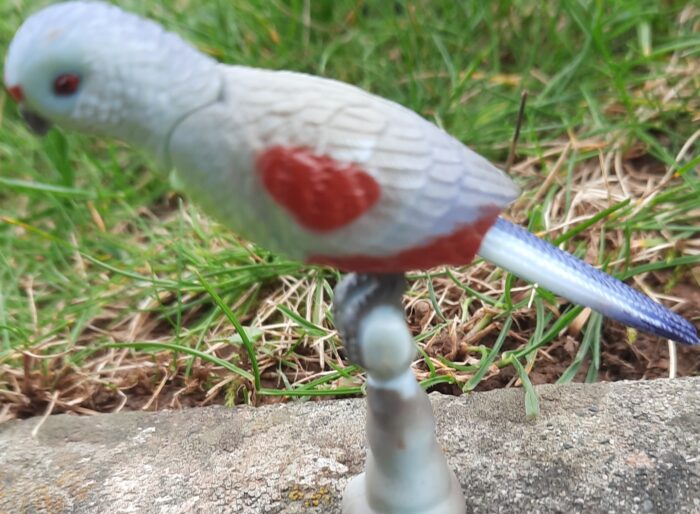
Australia is home to numerous species of parrot, from the Gallah to the sulpur-crested Cockatoo. Many are now quite rare as a result of humanity, but most are now protected and hopefully will recover. Sadly, this isn’t the case for all of them, as one species no longer exists among them, the Paradise Parrot.
Review: Choiseul Crested Pigeon (Forgotten Friends Series A by Yowie)
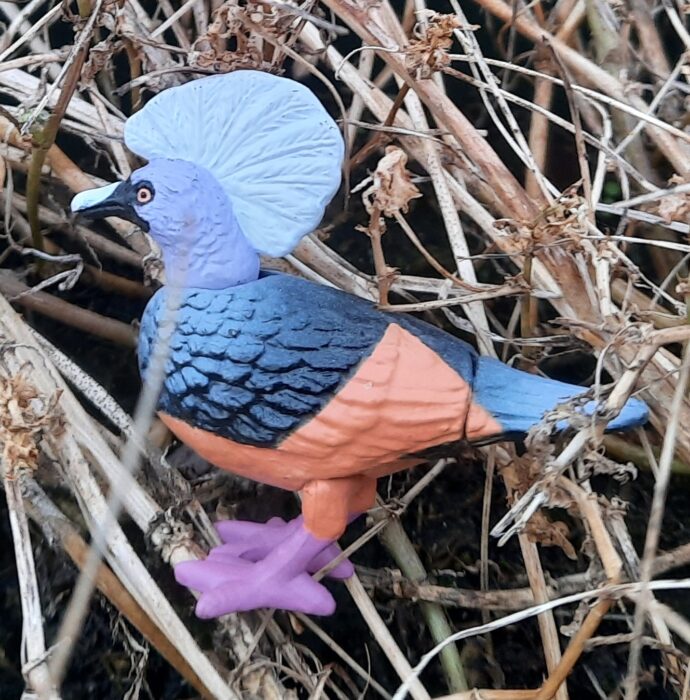
The age of Imperialism truly wrecked the ecosystems of the world. Of all of these, island ecosystems were the most at risk, as the animals there were often unique and unable to deal with humanity and the creatures that often accompanied them. The island of Choiseul in the Solomon islands is one such example, as it was once home to the spectacular Choiseul Crested Pigeon, a relative of doves that was endemic only to Choiseul.
Review: Shringasaurus (Jurassic World Dino Escape Wild Pack by Mattel)

For many years, the Triassic period has been the most overlooked part of the Mesozoic in toy form, usually Coelophysis or Postosuchus. More recently, however, more and more species are coming to the forefront and being made available in plastic. Even the Jurassic World toyline has jumped to this, as we see here in a recent figure of Shringasaurus, an archosauromorpha from the middle Triassic of India, a bizzare horned species that certainly caught the eye of the public.
Review: Allosaurus (Happinet)
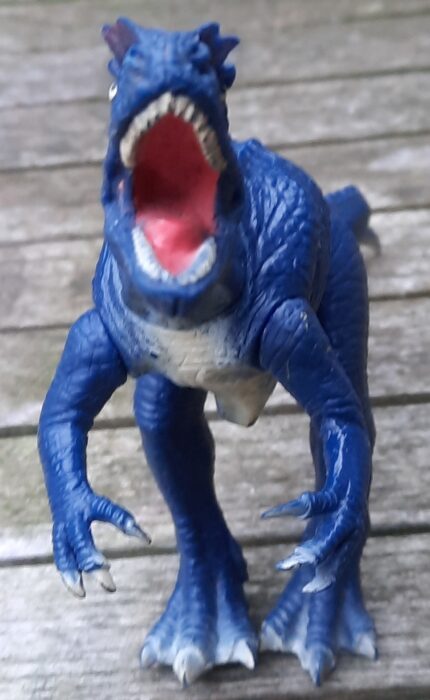
Of all the theropods of the Jurassic period, the most well known is the Allosaurus, and for good reason. Measuring 9.7m long, there were few other predators that stood a chance, with the exception of Saurophaganax. This got it starring roles in a lot of dino media, being the original big dino predator.
Review: Pteranodon (Happinet)

Of all the vertebrates on earth, only three in the history of life have achieved powered flight. Two, the birds and bats, are still amongst us today, but the third, the pterosaurs, have long since become extinct. This makes them an intriguing group, especially given that some reached incredible sizes.
Review: Styracosaurus (Happinet)

Ceratopsians are a fascinating group. Their bodies aren’t very diverse, but the skull work is incredible. And one of the greats when it comes to that is Styracosaurus, with it’s spiked frill giving it a fearsome appearance (even if the frill itself offered little protection due to the holes, but I won’t tell the predators if you won’t).
Review: Brachiosaurus (Jurassic Era, Volcanic Lost World)
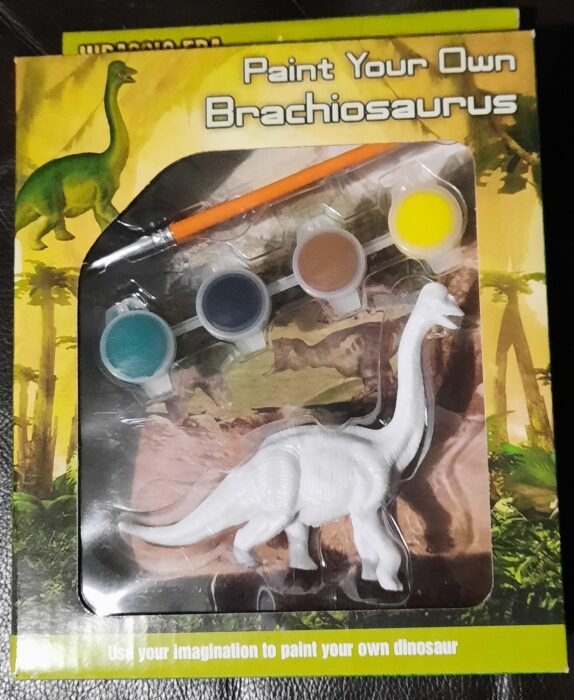
There are a lot of paint-your-own models out there, from the modern to the mythical and they can be a lot of fun. There a lot of ones for dinosaurs, so I thought I would review one. As opposed to other models I’ve reviewed, there is no building involved, so you can just pick up and go.
Review: Black Tyrannosaurus (Dinosaur King by Sega)
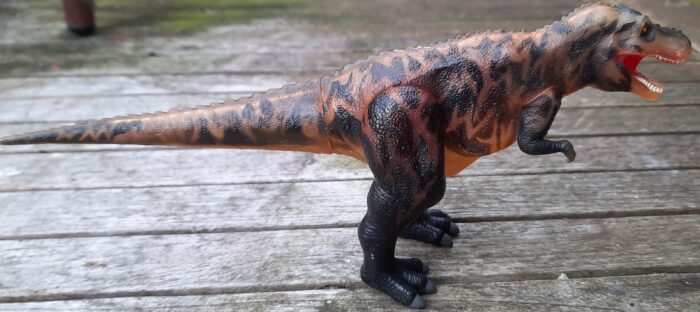
The idea of genetically altering creatures for ulterior motives is a common thing in various stories, usually resulting in some big bad creature that our heroes must defeat. Dino media is no exception to this, and here we look at a model of one Tyrannosaurus that ended up bigger and stronger than others in it’s series: the Black T.Rex from Dinosaur King.
Review: Flexiraptor/Pengana (Lost Kingdoms Series A by Yowie)
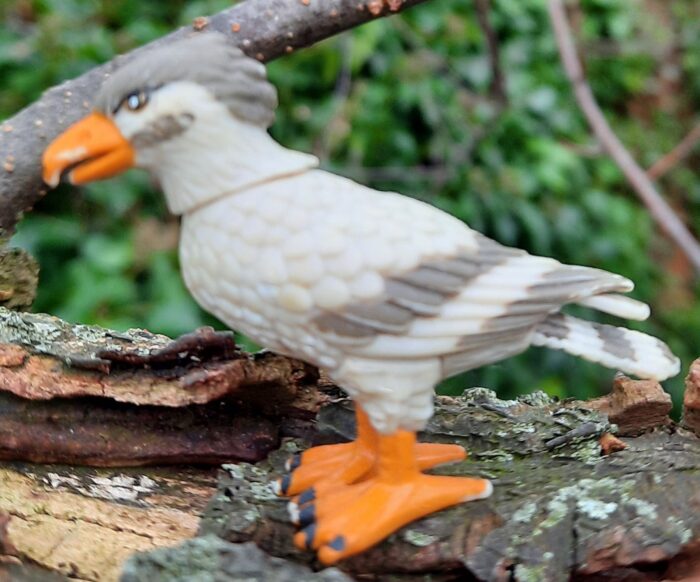
The Riversliegh formation in Queensland is a heritage site for good reason, it gives us a fascinating glimpse into the ancient past of Australia, full of magnificent marsupials and brilliant birds, plus a bunch of bats! The fossils show how Australia once was, full of rainforests and the animals inhabiting the area are amazing.
Review: Giant Moa (Lost Kingdoms Series A by Yowie)
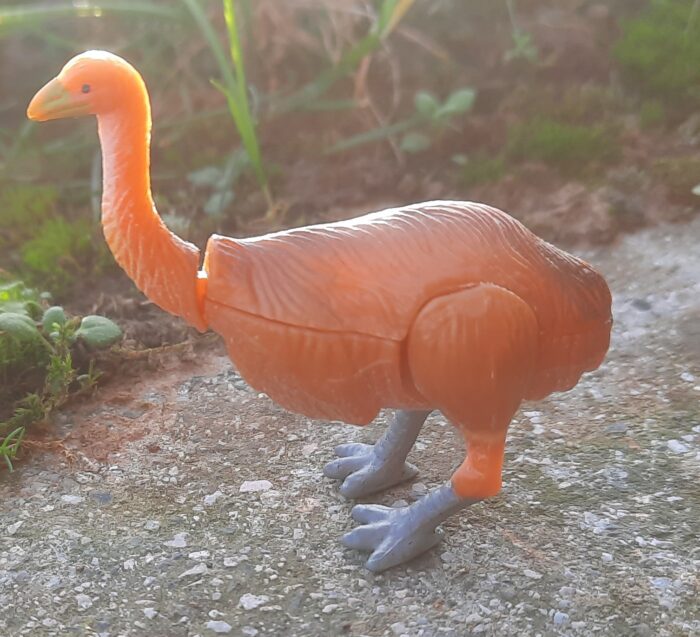
The largest bird today is the Ostrich, and this is owing to it’s flightlessness. The recent past, however, provided greater flightless giants. One such came from New Zealand, in the form of the South island Giant Moa, Diornis robustus, with females able to reach up to 11ft 10″ if they stretched up, being 6ft 6″ on a horizontal plane.
Review: Steller’s Sea Cow (Forgotten Friends Series A by Yowie)
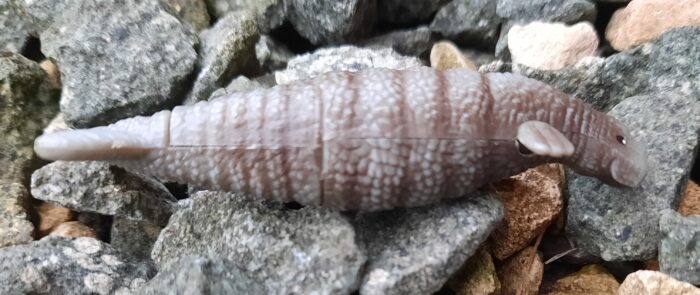
The order sirenia has long been fascinating to me, the main herbivorous marine mammals that have survived throughout the Cenozoic. The one that interests me the most (even inspiring my ATB name Sirenia) is, unfortunately, no longer living, the Steller’s Sea Cow. These giant sirenians lived around Commander Island in the Bering sea, being hunted by locals.
Review: Caribbean Monk Seal (Forgotten friends Series A by Yowie)
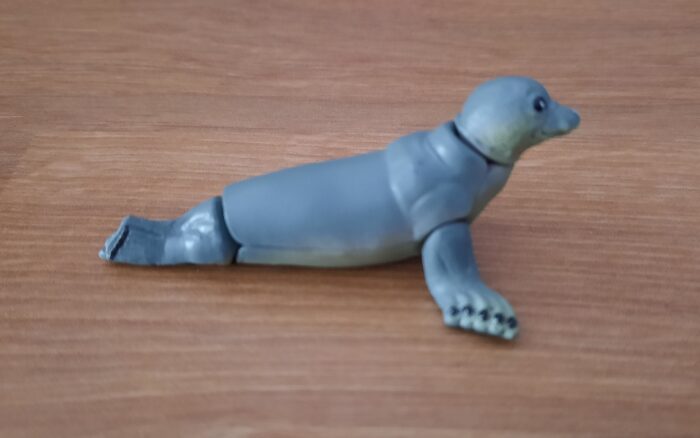
Human greed is a catastrophic thing for the world. It results in pollution and destruction of the environment, and the loss of many, many amazing creatures. One such example is the Caribbean Monk Seal, a docile creature that lived around the Caribbean islands. These animals were hunted by visitors to the island, often for their fur and oil.
Review: Yunnanozoon (Oumcraft)
Review: Megalograptus (Oumcraft)
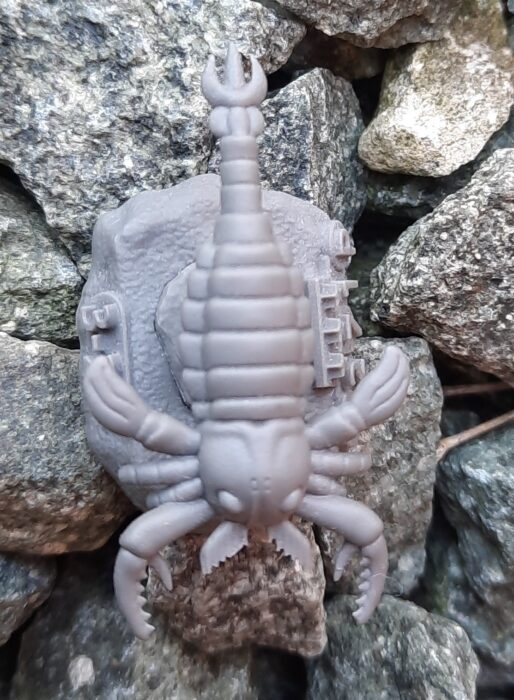
Fans of prehistoric creatures have made some remarkable things over the years, including the members of this forum. In recent times, forum member Oammararak showed a kickstarter for their own game LIFE: evolution of life in earth, the series, to which many of us backed, given the vast number of intriguing species that have never been made by any company.

